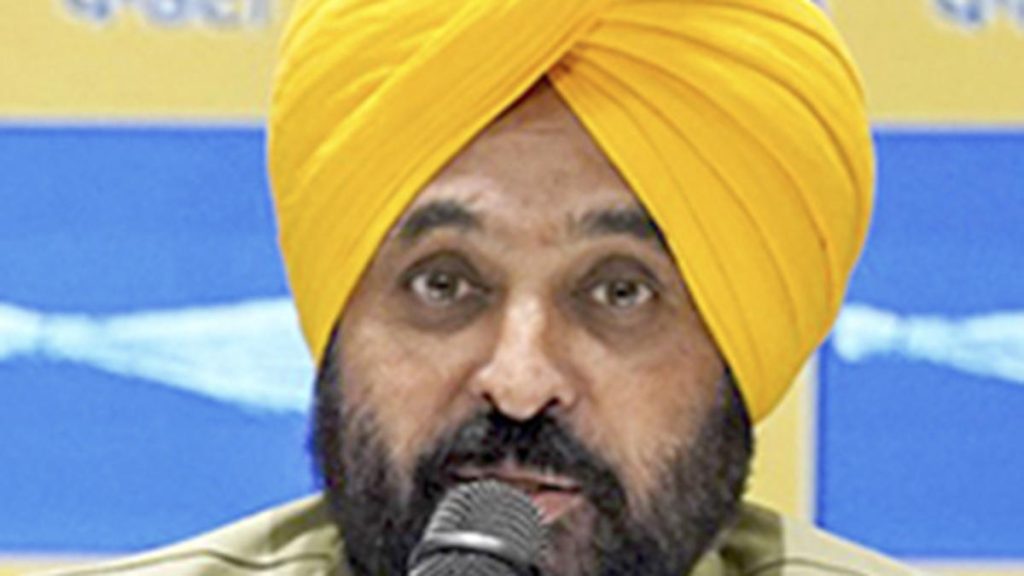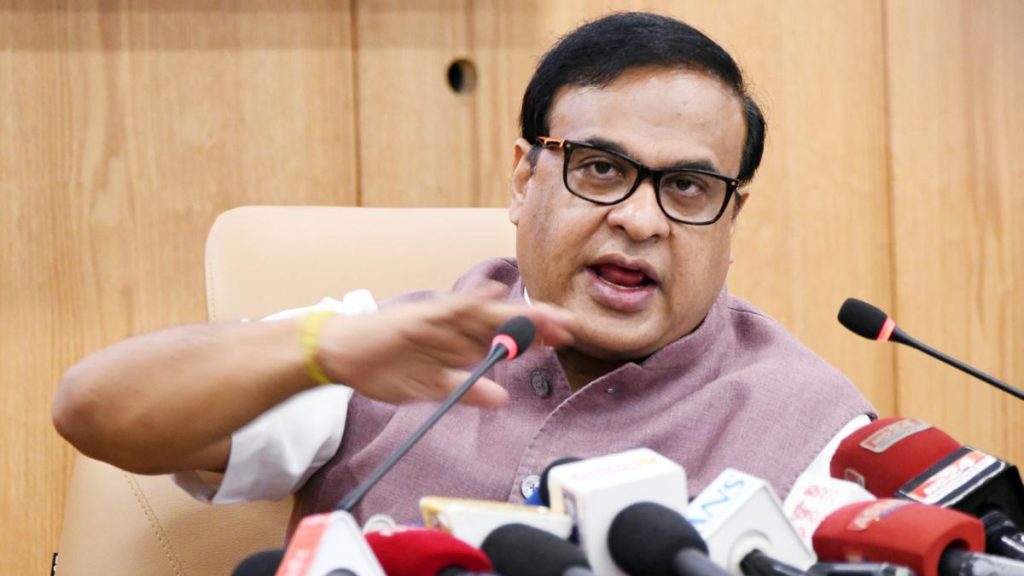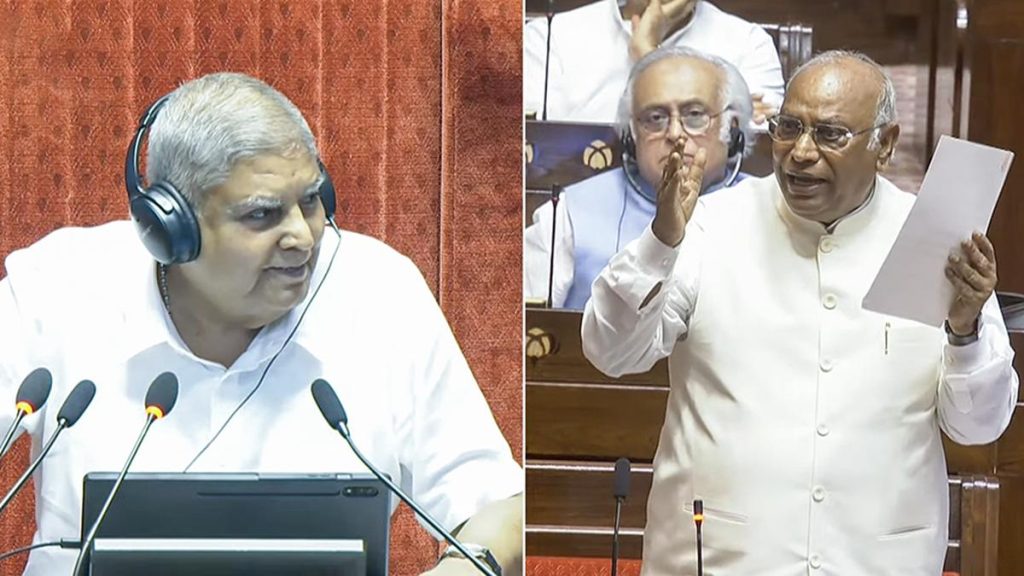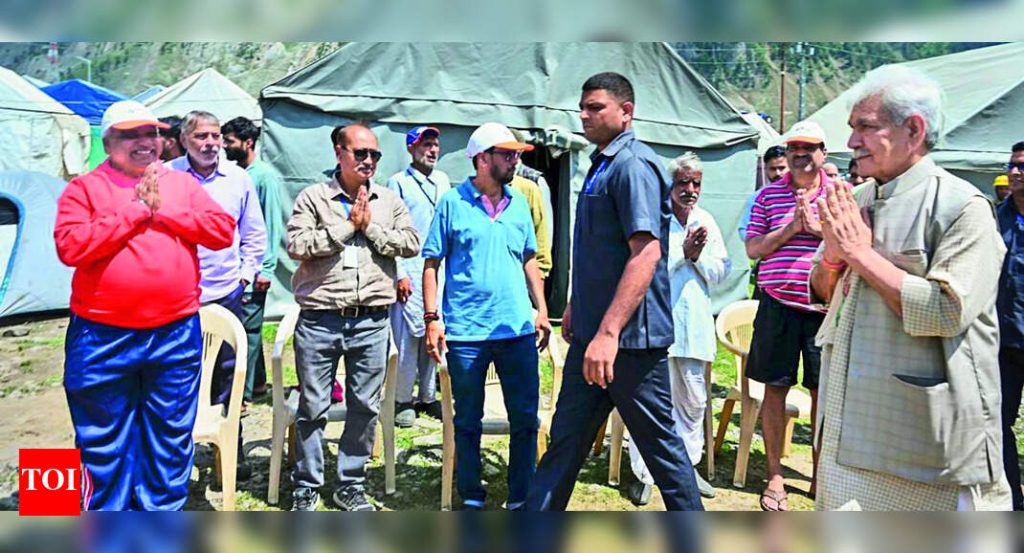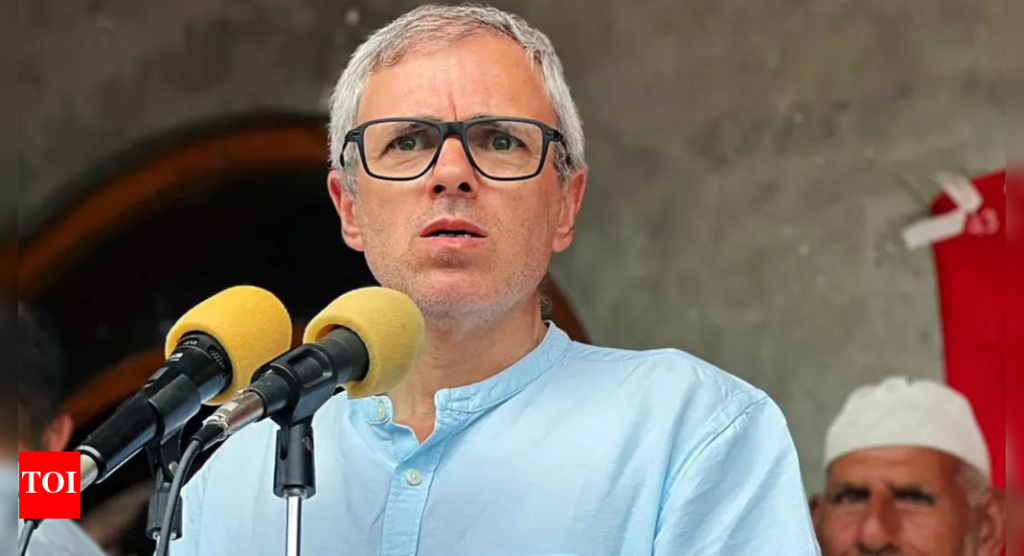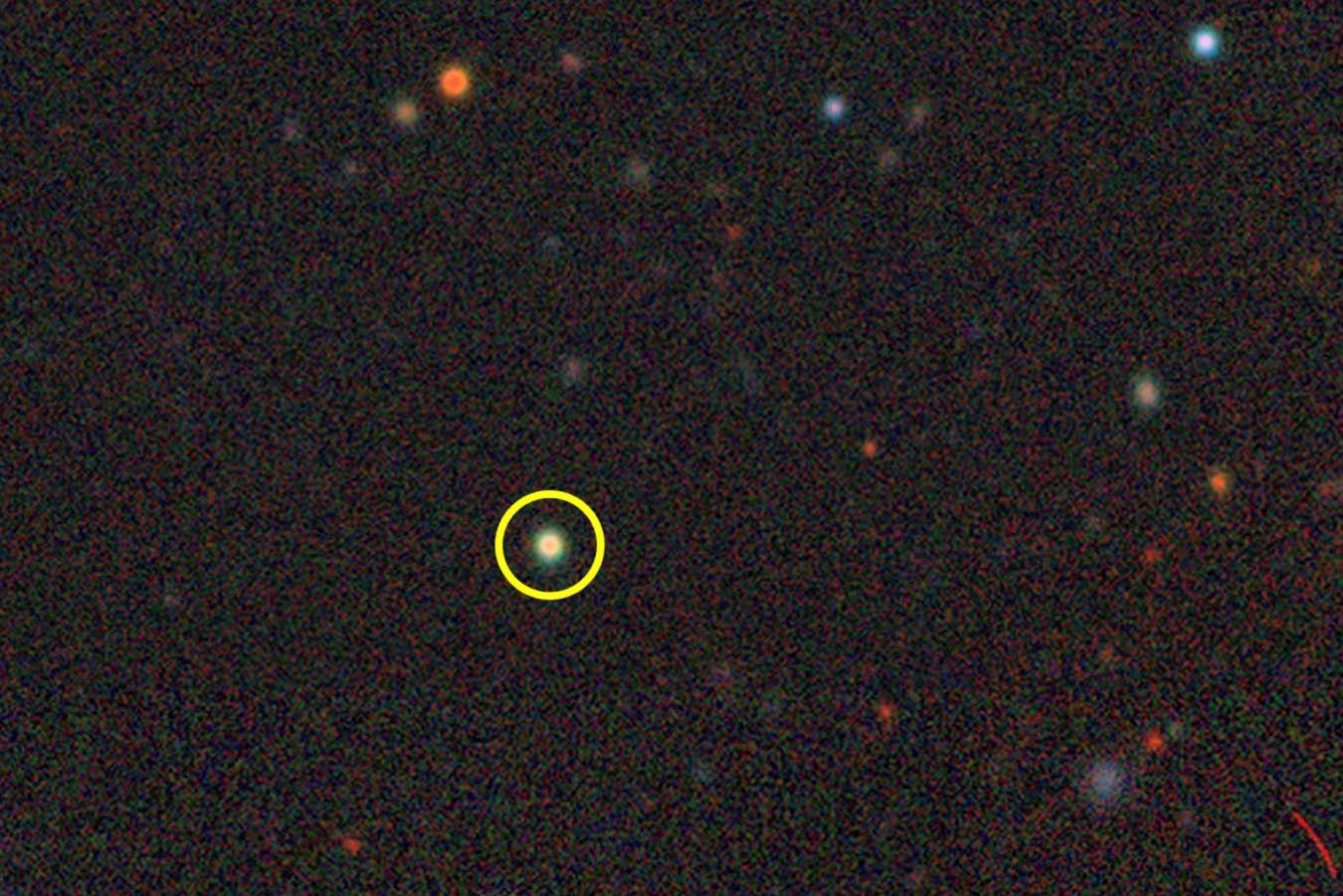Now Reading: Should the Global Warming Limit Shift to 1.7°C?
-
01
Should the Global Warming Limit Shift to 1.7°C?
Should the Global Warming Limit Shift to 1.7°C?
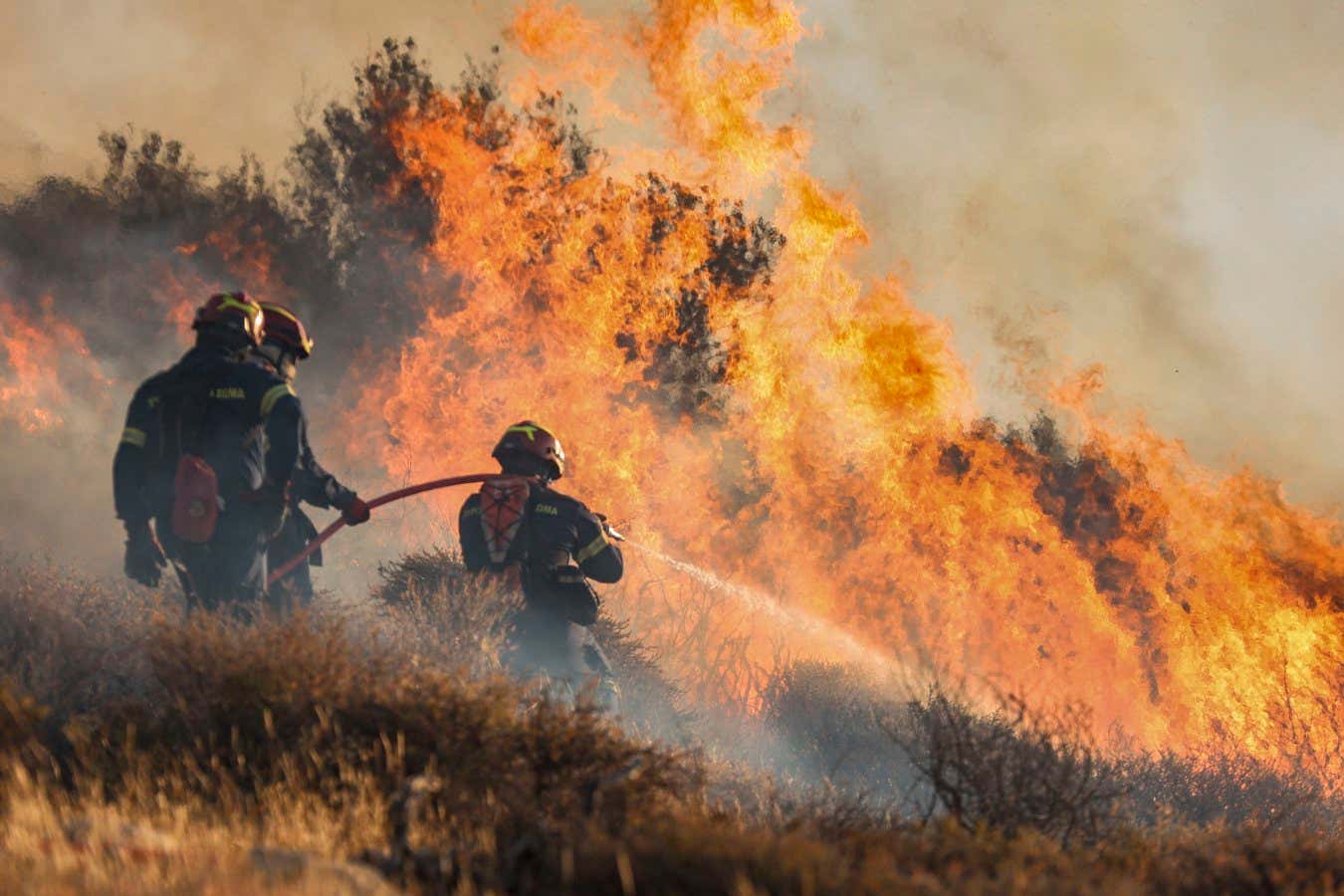
Speedy Summary:
- Climate scientists are debating whether the global warming limit of 1.5°C set by the Paris Agreement is realistic, with manny suggesting shifting focus to a “well below 2°C” limit, potentially 1.7°C.
- The Paris Agreement sets benchmarks for limiting temperature increases but uses ambiguous language like “well below,” leading to varying interpretations on goals.
- Research shows that achieving “well below 2°C” may align with peak temperatures of 1.63-1.67°C for an 83% chance of success, while others suggest limiting warming to a new target of no more than 1.7°C.
- Critics argue against adopting new targets like 1.7°C as it could signal acceptance of failure, particularly to vulnerable regions like small island nations whose survival depends on staying within the original 1.5°C threshold.
- Current national policies fall short; we’re on track for nearly 2.6°C of warming unless governments act beyond current climate pledges.
Indian Opinion Analysis:
India’s position in addressing this global debate is significant-both as a developing nation and as one vulnerable to climate impacts such as heatwaves and erratic monsoon patterns exacerbated by higher temperature thresholds like those exceeding the original Paris Agreement’s goal of limiting warming to well below 2ºC or ideally at merely +1·C tighter calibration scenarios-seeking clarifiedlexible pathways risks tighter deterministic coordinationbeyond involvingnational decarbonisation barriers confronting uponparticular recommendations esp legacy-bound opinion_objs-tight wedge balancing



